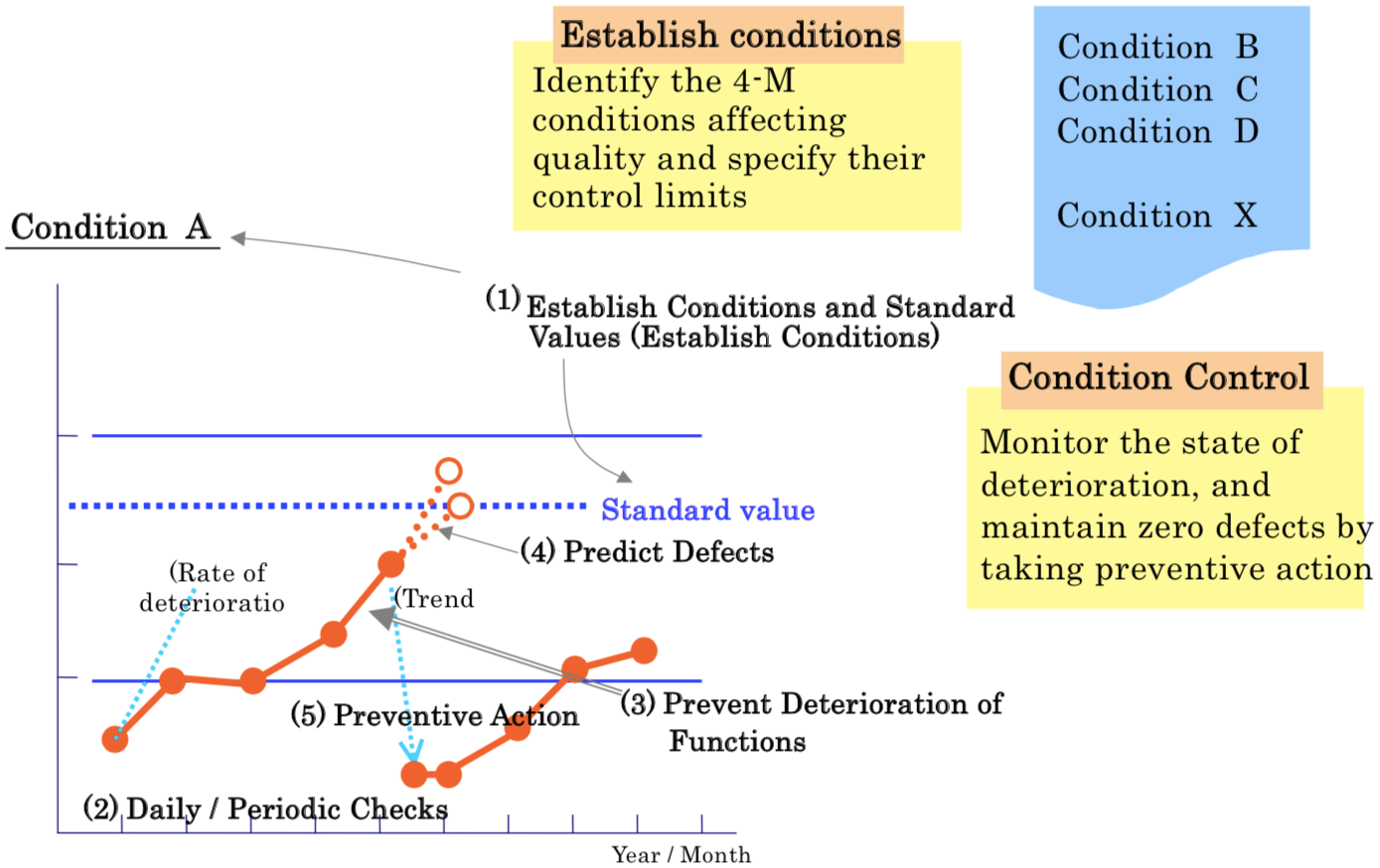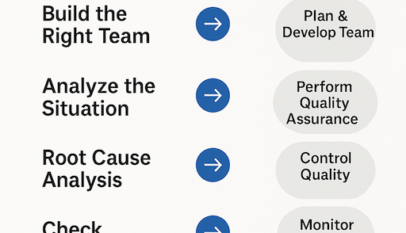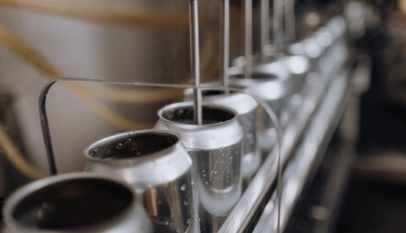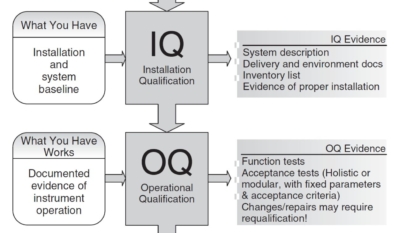We can only achieve our goal of zero quality defects is to discard the reactive, “shutting the stable door after the horse has bolted” approach, where we only examine quality after it has already been built into the product.
Instead, we must set our production processes up to not produce any quality defects and then ensure that the processes always operate under those conditions.
In Quality Maintenance, this is called “establishing and maintaining zero-defect conditions.” In other words, to build quality into the product utilizing the process, as quality experts have been urging us to do for decades, we must switch from controlling the outputs of our operations (the quality of our products) to managing the causes of quality (the process and equipment conditions themselves).
If we really want to create a system that ensures perfect quality, we must prevent defects from happening at all, rather than just screening them out after they have happened. To do this, we must build a system for controlling the causes of quality – in other words, and we must establish and maintain the “zero-defect conditions” mentioned earlier. “Controlling quality through its causes” is the essence of Quality Maintenance.
Quality Maintenance is based on maintaining perfect equipment to maintain ideal quality (i.e., 100% good products). Essentially, it involves:
- Establishing zero-defect conditions in order to create equipment that does not produce any quality defects, and checking and measuring those conditions periodically,
- Preventing quality defects by keeping those conditions within a standard range of values,
- Predicting the possibility of quality defects by monitoring trends in the measured values, and taking preventive action.


To consistently produce a 100% good product, we must specify which conditions relating to the 4 Ms (machinery, materials, men/women, methods) have to be controlled, together with the range of values they must be restricted to.
Check and Measure Conditions Periodically
Suppose we want to identify potential causes of equipment under-performance and rectify them before an unwanted result occurs. In that case, we must check the specified conditions routinely (either daily or at longer intervals) to confirm that they remain within their permitted ranges.
Prevent Quality Defects by Keeping Conditions within Standard Ranges
We need to take preventive action to avoid defects, such as restoring primary operating conditions to prevent the accelerated decline of equipment functions.
Monitor Trends and Predict Possible Occurrence of Quality Defects
A “zero-defect condition” is defined as a condition that will not cause quality defects if kept within its standard range. We, therefore, need to understand the mechanisms of equipment deterioration, and estimate the rate at which our equipment deteriorates, so that we can predict when a condition is likely to exceed its standard range.
Take Preventive Action
Losses arising from equipment malfunction must be prevented before they occur. This requires us to halt the equipment and take corrective action whenever the occurrence of a defect has been predicted or restore functions systematically during periodic servicing.


















